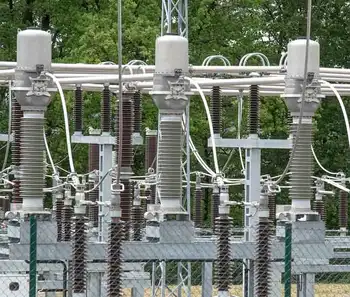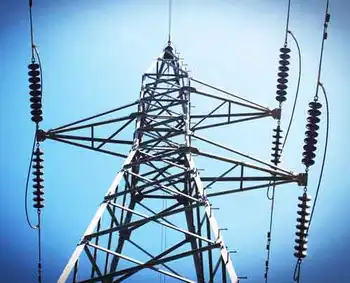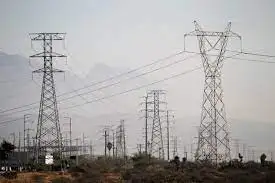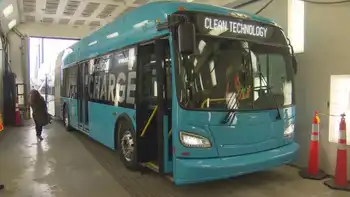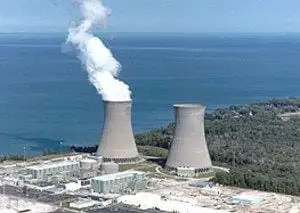Great River Energy HQ awarded Platinum LEED certification
By Business Wire
NFPA 70b Training - Electrical Maintenance
Our customized live online or in‑person group training can be delivered to your staff at your location.

- Live Online
- 12 hours Instructor-led
- Group Training Available
The award is the highest designation available to buildings that demonstrate energy efficiency and sustainability. The building is the first in Minnesota to achieve the distinction and one of fewer than 100 buildings worldwide to receive the designation.
“The cheapest kilowatt of energy is the one we don’t have to produce,” said David Saggau, president and CEO, Great River Energy. “The additional five percent spent to construct the building will be recovered in seven years, in part because of the $90,000 in annual energy savings we expect to realize through the use of innovative energy efficiency technologies.”
The 166,000-square-foot building uses 50 percent less energy than a comparable facility built to state code requirements and 90 percent less water than a similarly sized corporate campus. It features an in-lake geothermal HVAC system, in-floor displacement ventilation, daylight harvesting, 72 kilowatts of on-site solar panels and a 200-kilowatt wind turbine.
“Nearly half of the country’s buildings that will exist 30 years from now have not yet been built. If they are constructed using the same high-performance, energy-efficient technology that we used, the need to build expensive new power plants will be reduced,” Saggau added.
The Great River Energy building received 56 LEED points, four more than required to achieve Platinum certification. The building earned all possible points for energy efficiency and renewable energy. Points were also awarded for innovation in design for green power and the use of fly ash in the buildingÂ’s concrete structure and other materials.
The fly ash, a byproduct left over after coal is burned to generate electricity, came from Coal Creek Station, a Great River Energy power plant. Additional points were awarded for water efficiency, daylighting and views, green education center, using local and recycled products, utilizing certified wood and many other sustainable attributes.
“The Great River Energy headquarters’ Platinum certification demonstrates tremendous green building leadership,” said Rick Fedrizzi, president, CEO and founding chairperson, U.S. Green Building Council. “The urgency of USGBC’s mission has challenged the industry to move faster and reach farther than ever before, and Great River Energy serves as a prime example of just how much we can accomplish.”
Architectural firm Perkins+Will led the design team, and McGough Construction was the general contractor on the project. Both firms have extensive experience developing LEED buildings. That experience, and the firmsÂ’ participation in the up-front design process, is largely credited with the achievement of Platinum certification.
The building is noted for a 166-foot tall, 200-kilowatt wind turbine located on-site that is visible from nearby Interstate 94. The turbine and a 72-kW solar array on the roof provide up to 15 percent of the buildingÂ’s electricity. Excess electricity from the wind turbine is distributed onto the local electric grid.





